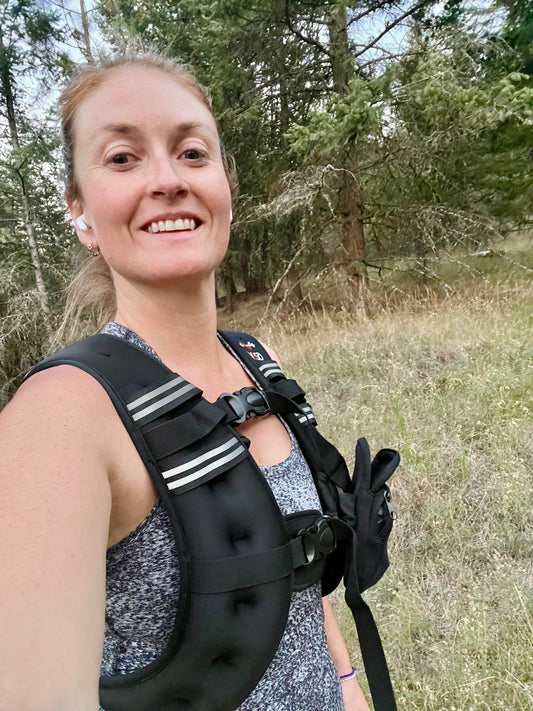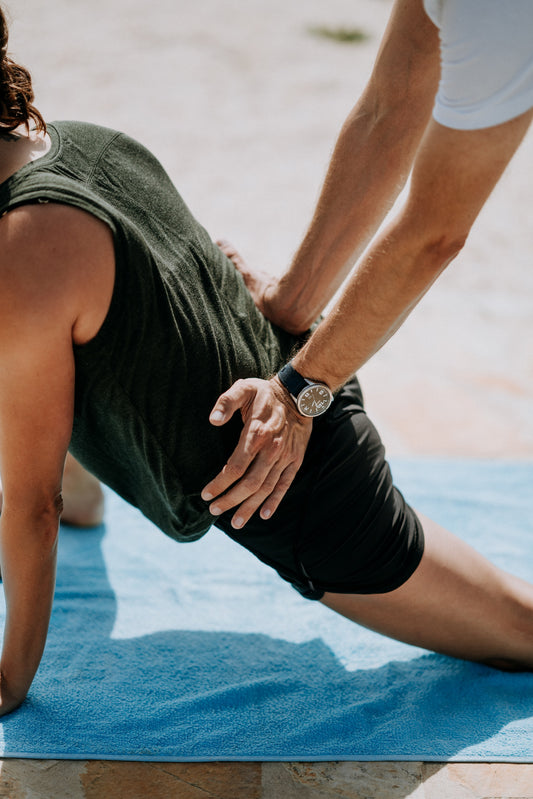By Holly Middleton
People who are injured or are in pain come to us healers to find a solution. As we know, that solution is rarely simple and sometimes it takes a village. We wouldn’t be called The Balanced Collective if we didn’t understand that the whole body needs to coordinate from nervous system, to muscles, to fascia and everything in between. Part of healing is moving well again.
For many of our clients, how well they move may not be on their radar. Maybe they’re aware they do something funky when they run or they keep spraining their ankle. But they don’t always think of this as something they can improve. Many don’t know that movement coaching exists or how effective it can be.
I like to think of movement coaching as the final puzzle piece that puts the whole healing picture together. After a client has healed from an acute injury that is when a movement coach steps in. We are trained to see and restore what other practitioners are not trained to see. Detect and zoom in on subtle movement imbalances and provide strategies to restore the imbalance. We can prevent those injuries and new issues from cropping up.
My modality is Anatomy in Motion (AiM). AiM is a blueprint of human movement. It looks at how the joints are assembled and the directions of muscle fibres and determines the ideal way the human body is meant to move. There is a particular focus on foot function, gait repatterning, and the-body-as-a-system approach which are sorely lacking in the health and fitness realm. AiM practitioners use a patient’s injury history to determine what kinds of movement compensations are being presented. We then do a full postural and movement screening joint-by-joint and we come up with a strategy to restore ease of access to full range of motion in every joint from toe to skull.
In my practice I’ve worked alongside practitioners of NKT, PDTR, DNS, PRI, chiropractic, MovNat, Buteyko, ELDOA, and Fascial Stretch Therapy. The beauty of these other modalities is they prime a client’s muscles and nervous system to be ready to accept new movement patterns. I can then come in and retrain movements in a closed-chain environment to regain lost range of motion in the joints. Having a body and mind that is primed for movement and receptive to the new options I suggest to it because of the work they get with your modalities makes for an ideal client.
My dream for the physio and training world is for prehab and postrehab to get as much attention as the rehab part. Good quality movement is the missing piece of the puzzle that can prevent many injuries and restore quality of life. That is where AiM and your modalities can complement each other. Your modality can get the muscles, nerves and fascia ready for movement and my work can fit the puzzle pieces together. We can restore optimal function through collaboration. Referral partners that have the same approach to healing are exactly who I want to be working with. If you would like to connect, please reach out to hello@thebalancedcollective.com to learn more about collaboration or AiM.







